Designing a native app using IOT-based technology for logistics company ByBox.
ByBox is a logistics company specialising in supply chain solutions and Click & Collect lockers.
The Stockonnect Project, delivered by pebble {code} in partnership with ByBox, is an innovative locker system using Bluetooth low energy to open and scan in/scan out items. It moves business logic into smartphones to reduce costs, speed up logistic time and has the potential to revolutionise the way enterprise and logistics organisations manage their inventory.
Involvement
-
Understand
- Client workshops
- Product roadmap
-
Design Research
- User research
- User interviews
-
Define Direction
- Define success metrics
- Proof of concept
-
Prototype
- Wireframes
- Interactive prototypes
- User testing
-
Design & Build
- Design mobile app
- Design admin platform
- HTML & CSS styling
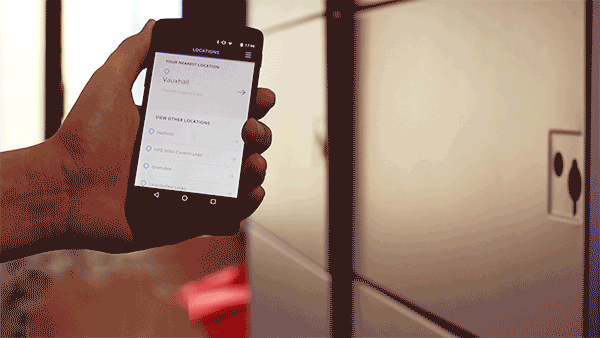
I lead the end to end design, including user research and UX, UI of the mobile application and the admin platform.
Project
My role on the project was taking the client through the vision for the product. I lead the design of the mobile application and the admin platforms. Undertook user research sessions to understand the users and complexities and pain points of their jobs. Wireframing and development of the user workflows and journeys. Final application of the design aesthetics to produce the high quality UI and UX visuals more akin to a consumer facing product.
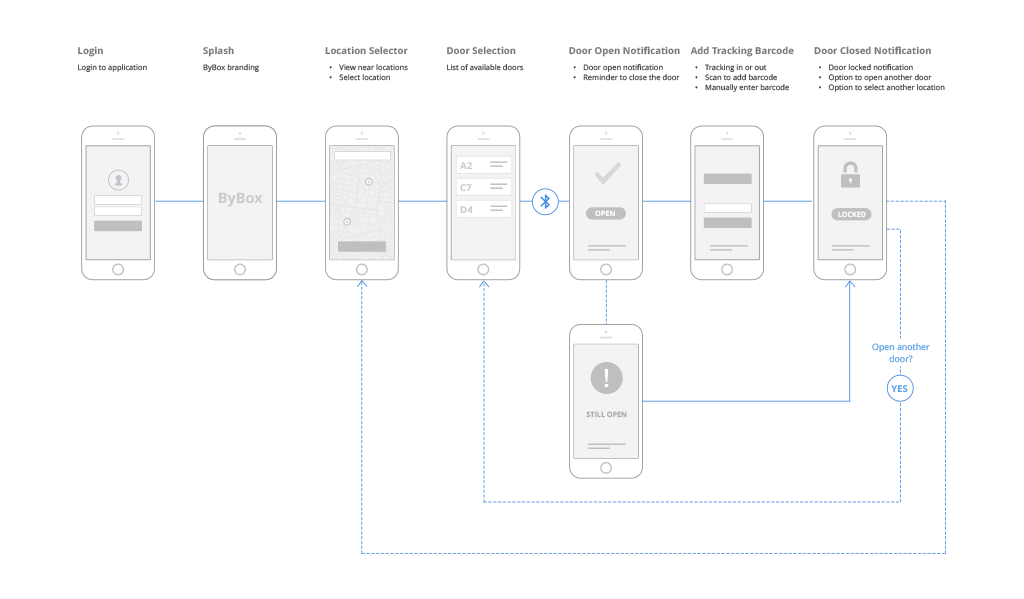
Above image: Part of mobile application flow
Proof of concept
Rapid prototyping was essential. Testing out the concept of a product before going into development can save massive amounts of time and cost of developing the wrong product. It also is a great way to get comprehensive user feedback that can fuel the product into the right direction. With this in mind we designed and built a working proof of concept in matter of weeks.
Using the learnings from our proof of concept, we then began development of the commercial product.
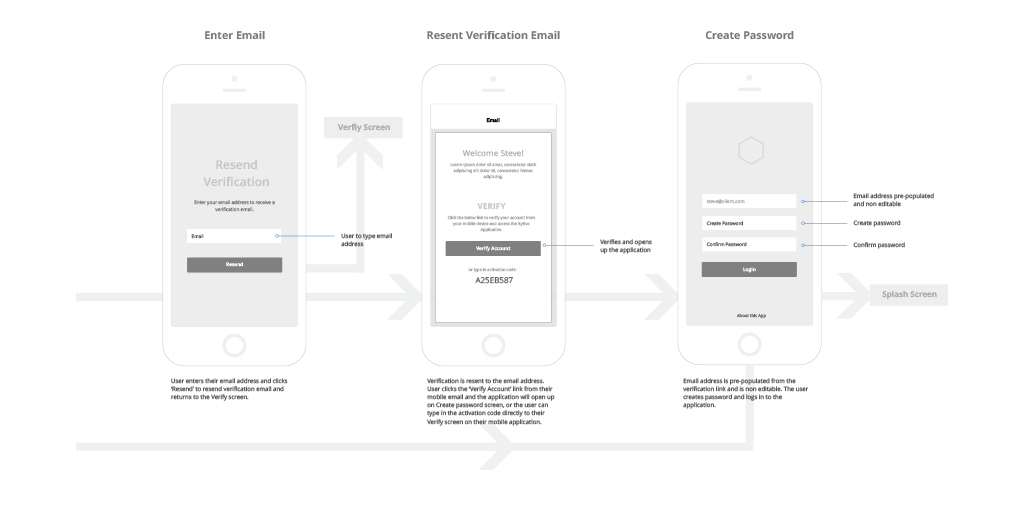
Above image: Part of email verification wireframes
User Research
I wanted a deeper understanding of the app users everyday on the job. I convinced the client that user research was vital and they allowed me to visit their site and meet our future app users. There I was able to observe the user's current work dashboard and how they worked. And I also went with two drivers for a day shift and a night shift and recorded how they worked. This insight later allowed me to change some of the previous design decisions to become more suited to fast paced working delivery drivers.
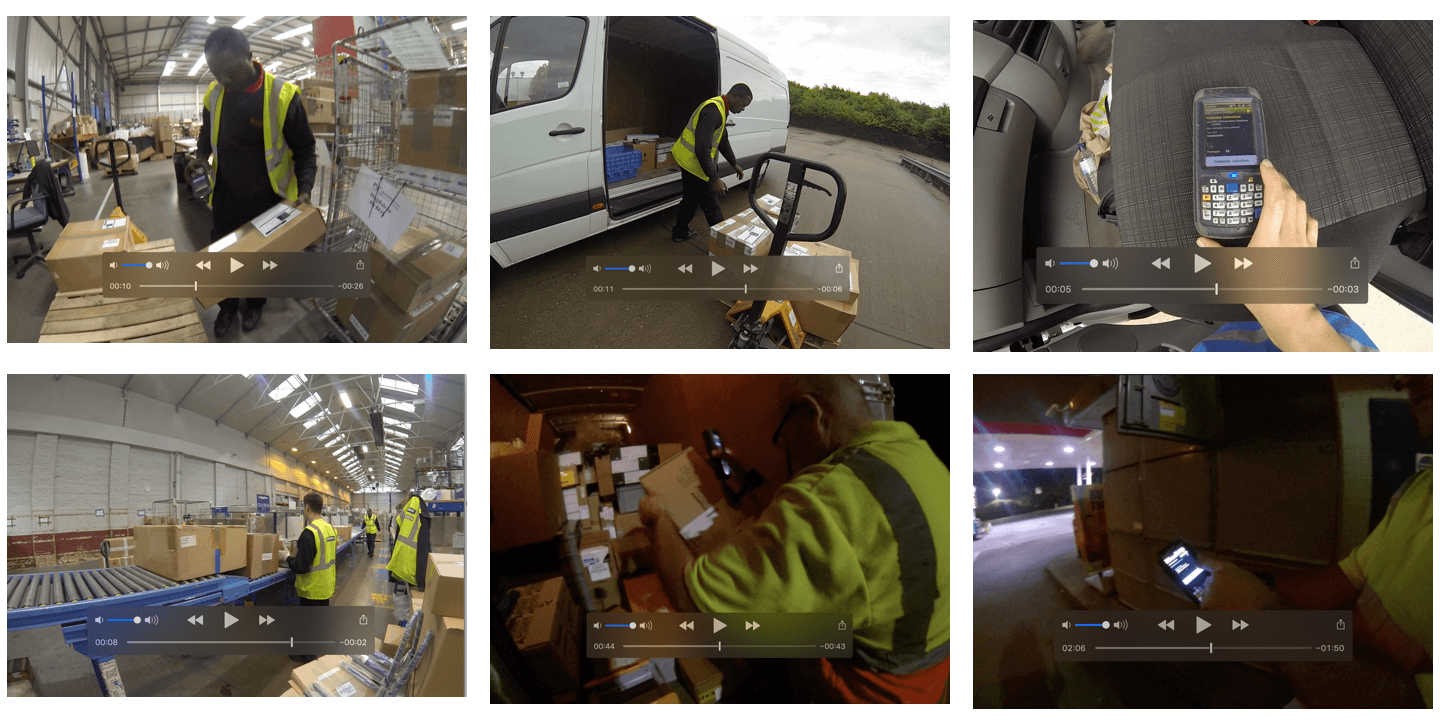
Above image: Part of user research
Users
The mobile application had to cater for two different types of users. Delivery drivers, and users who will collect items from the lockers.
I conducted user interviews to understand how these two types of users interact with the ByBox system and had to define a solution that simplified the daily process for both user types. By understanding the users needs we then moved onto solving how to serve users with the relevant content to interact with the system and go about their busy days seamlessly.
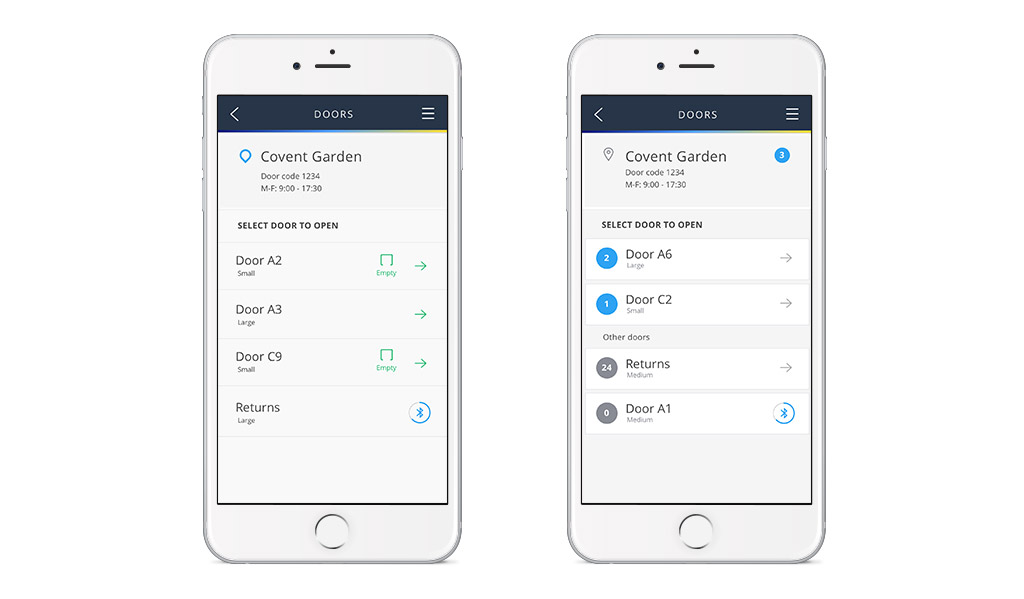
Above image: 'Doors' screens for delivery driviers and collection users
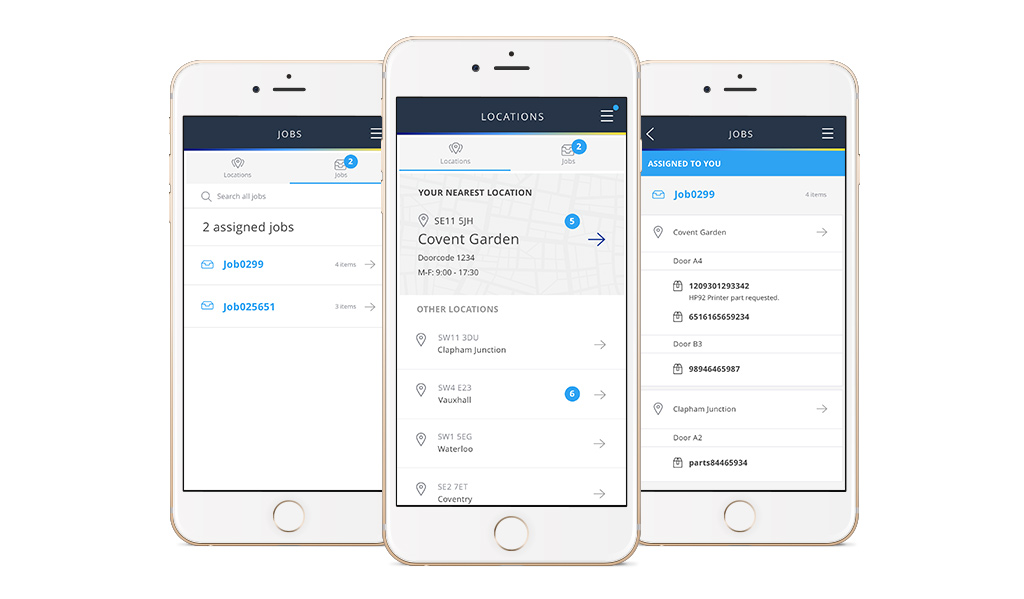
Above image: ByBox application 'Jobs' screen designs
Design
The design for the application needed to be clear and simple to use.
We had to consider the two user types and how each user type would be using the application. The design challenges were on how to display all of the relevant data into a easily managed interface tailored to both types of users. We needed to design a simple system for both user types to complete the actions and process the information.
I focused on designing the screens with strong visual cues and guides to increase efficiency and eliminate possible frustrations.
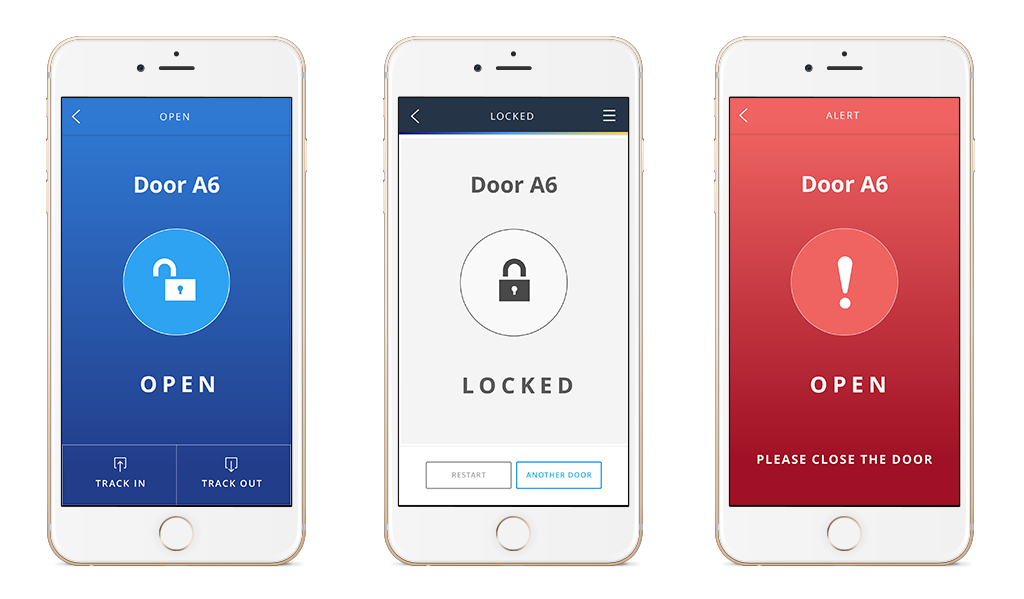
Above image: Part of mobile application designs
The design of the admin begun shortly after the mobile application development started, and has continued to be developed simultaneously.
This was to be used by admin users who's job is to assign, track items, and manage deliveries.
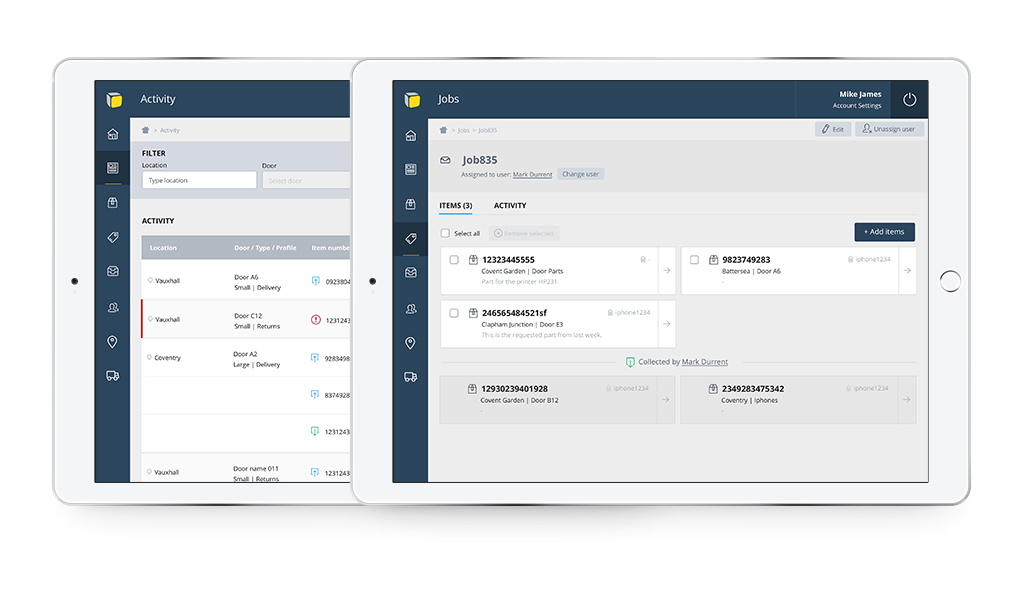
Above image: Part of admin site designs
What next
After 10 months of design and development, the application went on trial across 10 sites internationally.
In the next phase of this project, user testings is essential to ensure the best user experience for both mobile application and the admin website to create a highly polished product.